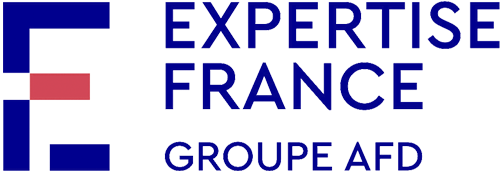Plan International Lebanon commissioned ITAR Consultants to conduct a comprehensive needs assessment and gender analysis to inform its programming in response to Lebanon’s ongoing economic crisis. This study was designed to complement existing research by providing youth-centred insights within six key geographic areas: Akkar, Tripoli, Arsal, Mount Lebanon, Beirut, and Saida. The assessment aligned with Plan International’s country strategy and supported the UNOCHA Emergency Response Plan, launched in August 2021 to alleviate the suffering of vulnerable host and refugee populations.
The study methodology included:
- 52 Focus Group Discussions (FGDs) with 524 participants, representing diverse profiles by nationality (Lebanese, Syrian, Palestinian), age group (14-17 and 18-24), gender, and geographic location.
- A participatory approach to extract youth perspectives on education, livelihoods, and protection risks, ensuring their voices were central to the analysis.
- A gender-focused analysis, capturing data on social norms, access to services, and specific barriers faced by adolescent girls and young women.
The final report provided actionable insights and prioritised response areas to guide future programming. It highlighted youth-driven recommendations for community-based solutions, emphasising localised, targeted, and inclusive interventions to enhance education, protection, and economic opportunities.






